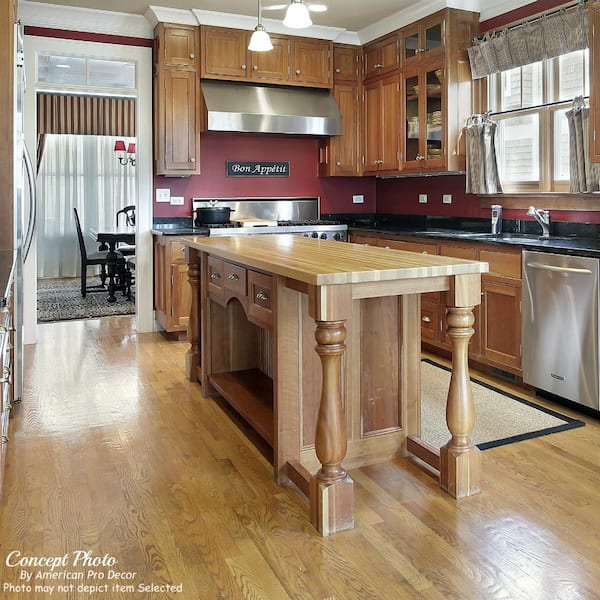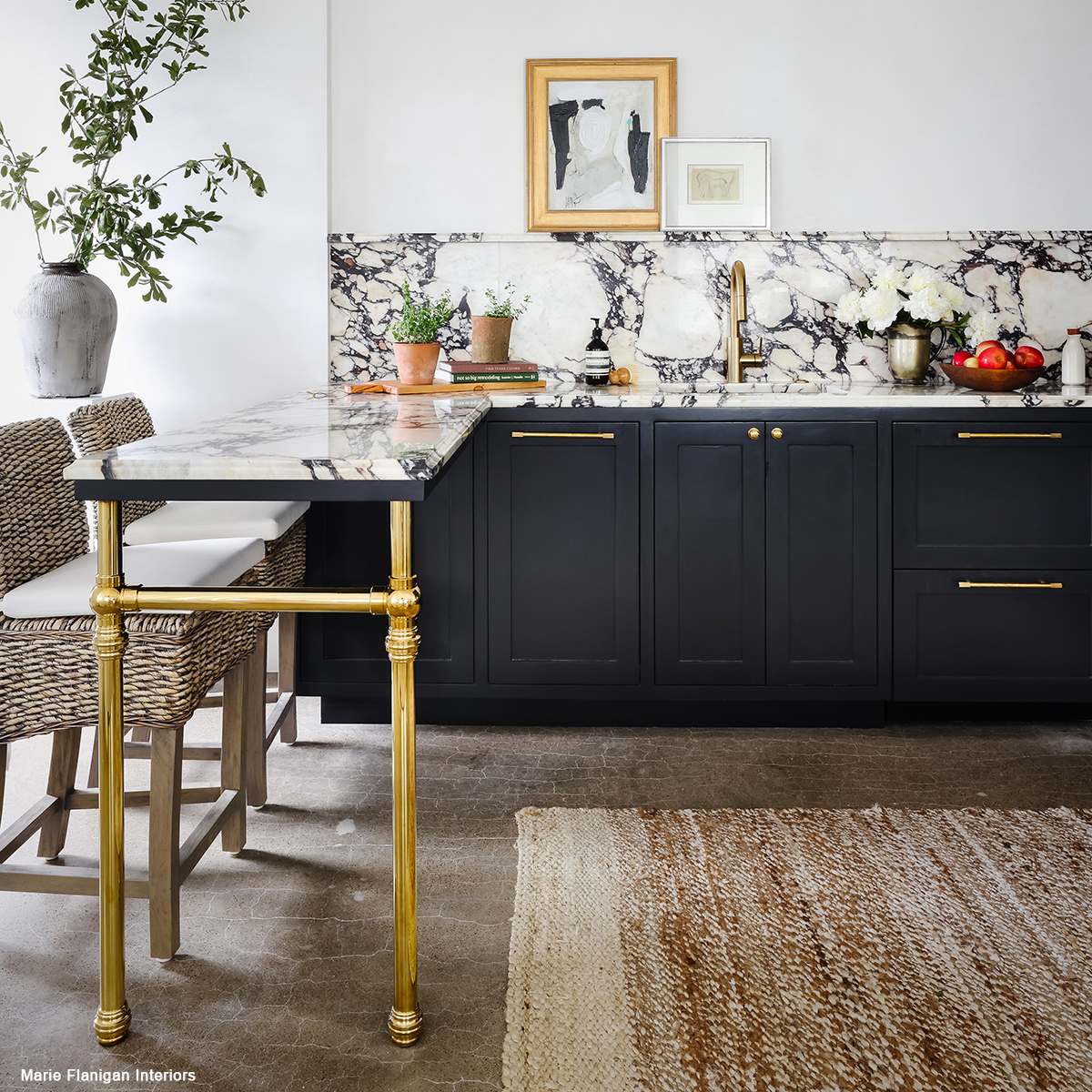Explore Modern and Classic Layouts in Legs For Kitchen Island Projects
Explore Modern and Classic Layouts in Legs For Kitchen Island Projects
Blog Article
A Guide to Selecting the Perfect Legs For Kitchen Area Island for Your Home
Choosing the ideal legs for your kitchen area island is a nuanced decision that influences both the capability and aesthetic charm of this central space. As you take into consideration these components, it comes to be obvious that the ideal legs can change not just the appearance of your kitchen area however likewise its functionality for years to come.

Understanding Cooking Area Island Legs
When selecting legs for a cooking area island, it's important to understand their aesthetic and practical roles in the general layout. The legs function as an important support group, making sure stability and toughness for the island, which usually works as a work space, dining area, or gathering area. Therefore, the option of product and building technique should be durable adequate to hold up against daily use and possible wear.
Along with their structural obligations, legs add considerably to the island's aesthetic allure. They can enhance the kitchen's style, whether through traditional, contemporary, or eclectic styles. The elevation and percentage of the legs are additionally critical considerations; they have to balance with the island's kitchen counter elevation while making certain comfy seating for those making use of the room.
In addition, the leg layout can affect the total circulation of the cooking area. Open, ventilated leg styles can create a sense of agility, while strong, significant legs might communicate a much more grounded and secure visual - Legs For Kitchen Island. Comprehending these practical and aesthetic facets will certainly direct property owners in making informed choices that enhance their kitchen area's style and improve its usability
Popular Styles and Products
The selection of legs for a kitchen area island encompasses a variety of popular styles and products, each offering special attributes that can enhance both capability and aesthetics. Amongst the most sought-after designs are contemporary, rustic, and typical. Contemporary legs typically feature streamlined, minimalist designs that highlight simpleness and clean lines, making them ideal for contemporary kitchens. Rustic styles, on the various other hand, accept all-natural aspects and typically showcase recovered timber or distressed coatings, adding heat and charm to the room. Conventional legs typically display ornate details and workmanship, enhancing timeless kitchen styles.

Height and Security Considerations

The legs of the cooking area island should supply sufficient assistance, ensuring that the framework can withstand everyday usage without wobbling or moving. Material choice plays a substantial role in stability; steel legs, for circumstances, tend to offer better stamina compared to timber.
Matching Your Kitchen Aesthetic
Picking the appropriate legs for your cooking area island goes past functionality; it also plays a significant role in the overall aesthetic of the area (Legs For Kitchen Island). When selecting legs, think about the layout style of your cooking area.
Shade is an additional critical factor. Legs that complement or contrast with your island's surface and surrounding cabinets can create visual consistency or striking prime focus. As an example, combining dark timber legs with a light marble countertop can include depth and rate of interest. Furthermore, think about the finish of the legs; matte, shiny, or distinctive surfaces can substantially affect the overall feeling of the kitchen area.
Installment and Maintenance Tips
Installing cooking area island legs needs careful interest to detail to make certain both security and aesthetic charm. Begin by selecting an ideal place for your island, guaranteeing it is level and has ample area for movement. Make use of a stud finder to find wall surface studs if you are connecting the legs to a wall surface or utilizing braces for added assistance. Mark the positioning of the legs precisely before exploration.
When protecting the legs, make use of top notch screws and, if necessary, wood adhesive for added strength. For metal legs, make certain that you are using suitable anchors and devices to protect against damage to your flooring. It is suggested to look for levelness after setup, making modifications as required to stay clear of wobbling.
Maintenance is similarly crucial for long life - Legs For Kitchen Island. Frequently inspect the legs for any kind of indicators of wear or helping to loosen, particularly in high-traffic areas. Clean the legs with an appropriate cleaner, preventing rough products that might damage the surface area. For wood legs, take into consideration using a timber conditioner occasionally to keep their coating. By following these installation and upkeep tips, you can guarantee that your kitchen island legs remain both visually attractive and practical.
Verdict
In verdict, choosing the suitable legs for a kitchen island necessitates mindful factor to consider of height, stability, and visual compatibility. By selecting appropriate materials and designs that line up with this content the overall cooking area layout, performance can be enhanced while keeping aesthetic appeal. Proper installment and continuous maintenance better add to the toughness and durability of the kitchen island. Inevitably, thoughtful leg choice plays an important role in boosting both the practicality and layout of the kitchen area space.
When selecting legs for a cooking area island, it's vital to recognize their practical and visual duties in the general design. Open, ventilated leg designs can create a sense of agility, while solid, substantial legs might share a more based and steady visual. The legs of the cooking area island ought to give sufficient assistance, ensuring that the structure can stand up to day-to-day usage without moving or tottering.Mounting kitchen island legs needs cautious focus to information to ensure both stability and aesthetic charm.In verdict, picking the appropriate legs for a find kitchen island requires cautious factor to consider of elevation, security, and visual compatibility.
Report this page